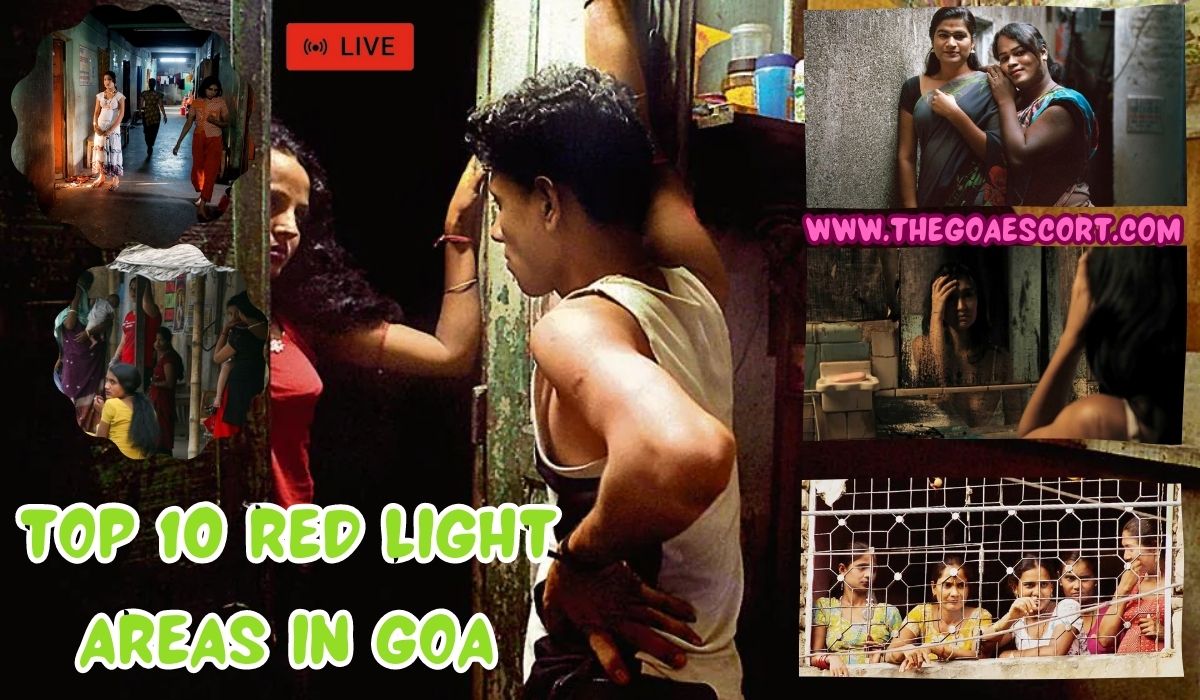Goa, a coastal paradise in western India, is known for its picturesque beaches, vibrant nightlife, and rich cultural heritage. While the state attracts millions of tourists annually, it also harbors a hidden reality – the presence of red light area. These areas, synonymous with the sex trade, raise concerns about human trafficking, exploitation, and public health.
Red light areas, typically associated with the sex trade, raise concerns regarding human trafficking, exploitation, and public health. Despite Goa’s primary reputation for pristine beaches and a thriving tourism industry, it is imperative to acknowledge and confront these issues in order to foster a safe and responsible environment for both residents and visitors.
In this article, we will explore the top 10 red light areas in Goa, shedding light on their existence and the measures taken to address these sensitive matters. It is vital to approach this topic with sensitivity and awareness, recognizing the challenges confronted by authorities, NGOs, and the community as they strive to combat illicit activities and provide support to vulnerable individuals.
Get Your One Night Stand with red light area in Goa

Each of the following red light areas in Goa presents a distinct set of circumstances and challenges. These areas are dispersed throughout the state, often coexisting with popular tourist destinations and bustling urban centers. Visitors should remain informed, exercise caution, and endorse initiatives aimed at establishing a safer and more inclusive environment for all. and they continuously search red light area near my location
While the objective of this blog is to provide information and raise awareness about the presence of red light area in goa hotels, it is essential to approach the subject with empathy and understanding. The individuals involved in the sex trade often face complex circumstances, emphasizing the need to prioritize their well-being while addressing the underlying factors perpetuating such activities.
List Of Red Light Area Districts in Goa
Without further ado, let us delve into the top 10 red light areas in Goa, examining their locations, challenges, and the strategies employed to combat these issues. By acquiring a deeper understanding of these areas, we can work towards creating a more secure and all-encompassing environment for the entire populace of this stunning coastal state.
1. Baina Beach, Vasco da Gama

Located in Vasco da Gama, Baina Beach is known for its historical significance and natural beauty. However, it is also home to one of Goa’s prominent red light areas. Despite efforts by authorities to regulate the area, the problem persists. Visitors to Baina Beach should be cautious and aware of their surroundings. Nearby, Goa Escort the Naval Aviation Museum, and the Japanese Garden offer alternative attractions for those seeking a different experience.
2. Calangute, North Goa
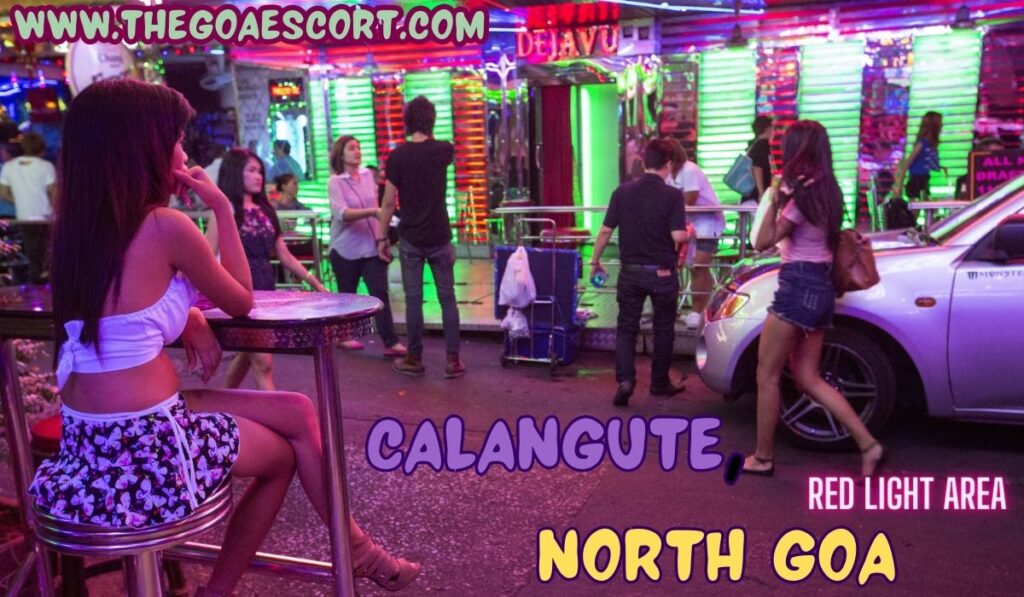
Calangute, situated in North Goa, is a bustling coastal town that draws a large number of tourists. Unfortunately, it also harbors a red light area, highlighting the dark side of this popular destination. While authorities have implemented measures to curb illegal activities, it is essential for visitors to exercise caution and stay informed about safety concerns. The serene beaches, lively markets, and water sports activities are other aspects that make Calangute an attractive place for tourists.
3. Margao

Margao, a major commercial center in Goa, is known for its vibrant markets, colonial architecture, and rich cultural heritage. However, it is also home to a red light area, raising concerns about the exploitation of vulnerable individuals. Visitors to Margao should be aware of their surroundings and support initiatives that aim to address this issue. The historic Largo de Igreja, or Church Square, and the famous Margao Municipal Garden are worth exploring while in the area.
4. Colva, South Goa

Colva, situated in South Goa, is famous for its pristine beaches and laid-back atmosphere. Unfortunately, it is also one of the red light areas in the state. Efforts have been made by local authorities to regulate this area and ensure the safety of residents and tourists. While enjoying the sun and sand, visitors should exercise caution and adhere to responsible tourism practices. Colva Beach itself offers a tranquil setting for relaxation and water activities.
5. Mapusa

Mapusa, a bustling market town in North Goa, is renowned for its vibrant bazaars and cultural festivities. However, it is not exempt from the presence of a red light area. Efforts are being made to address this issue, with NGOs and local authorities working together to combat illegal activities. Visitors to Mapusa should explore the vibrant Friday Market, where they can experience the local flavors and buy handicrafts and fresh produce.
6. Anjuna, North Goa

Anjuna, located in North Goa, gained fame as a haven for hippies during the 1960s. Today, it attracts tourists with its vibrant nightlife, flea markets, and scenic beauty. However, the presence of a red light area in Anjuna raises concerns about the impact on the local community and tourism. Visitors should exercise caution and be mindful of their surroundings. Exploring the famous Anjuna Flea Market and witnessing the stunning sunset at Anjuna Beach are alternative experiences in this vibrant town.
7. Ponda
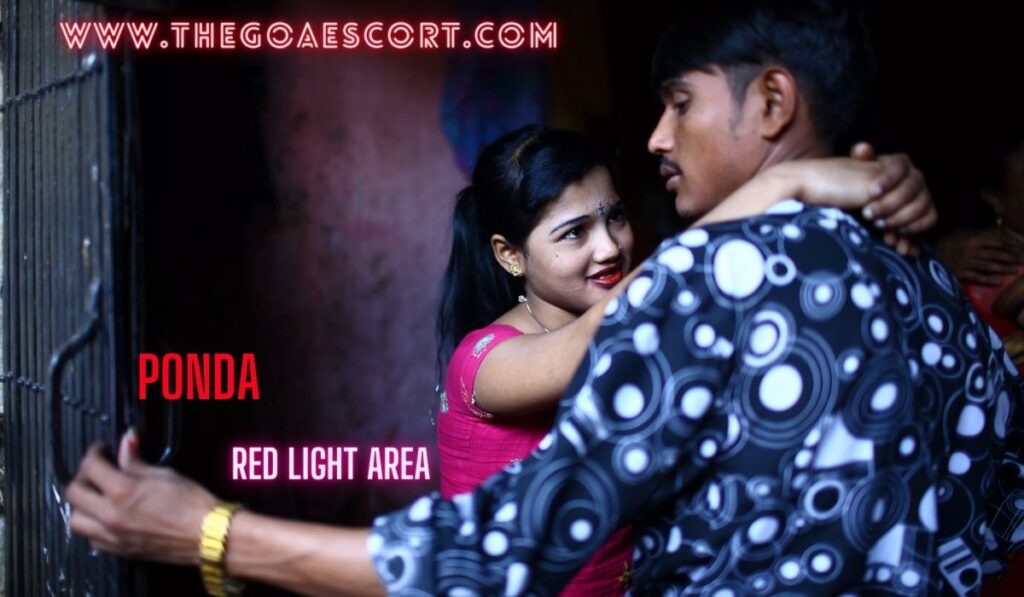
Ponda, situated in the central part of Goa, is known for its rich cultural heritage and temples. However, it also hosts a red light area, highlighting the presence of illicit activities in this cultural hub. Authorities are taking steps to address the issue and ensure the safety of residents and visitors. Ponda offers a unique opportunity to explore the temples of Goa, such as the famous Shri Mangeshi Temple and the Tambdi Surla Temple.
8. Curchorem
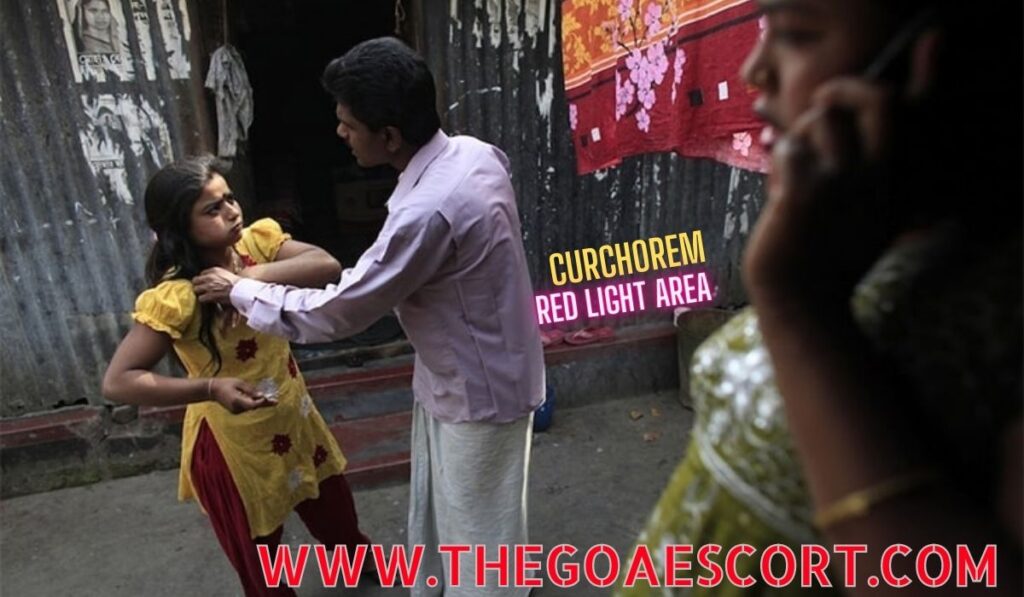
Curchorem, located in the mining belt of Goa, is primarily an industrial town. However, it is not exempt from the existence of a red light area. NGOs and authorities are working together to combat the issues associated with such areas and protect vulnerable individuals. While visiting Curchorem, tourists can explore the nearby Dudhsagar Falls, one of the tallest waterfalls in India.
9. Vagator Beach
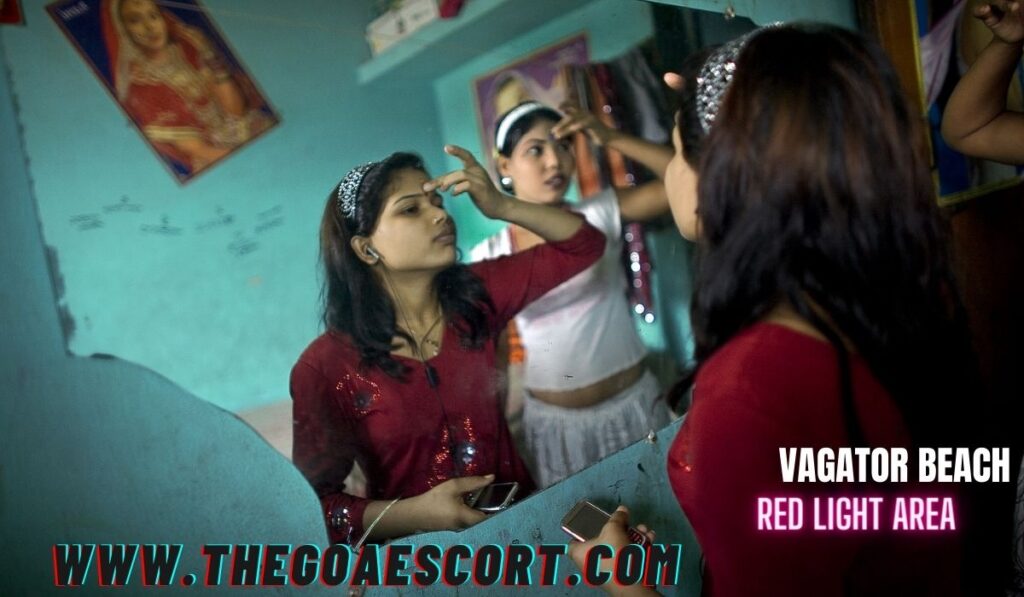
Vagator Beach, located in North Goa, is known for its stunning cliffs, picturesque views, and vibrant party scene. Unfortunately, it is also one of the red light areas in Goa. The presence of a red light area in Vagator Beach raises concerns about illegal activities and the exploitation of vulnerable individuals. Visitors to this area should exercise caution and be aware of their surroundings. Despite this issue, Vagator Beach offers a beautiful setting for relaxation, beach parties, and water sports activities.
10. Panaji

Panaji, the capital city of Goa, is a bustling urban center with a blend of Portuguese and Indian influences. While it is primarily known for its colonial architecture, vibrant markets, and cultural festivals, Panaji is not immune to the existence of a red light area. Authorities and NGOs are actively working to address this issue and ensure the safety of residents and tourists. Visitors to Panaji can explore the historic Latin Quarter, visit the iconic Our Lady of the Immaculate Conception Church, and enjoy the vibrant atmosphere of the city. You Can Also Read our Red light Area in India blog for more information
Goa Red Light Area List:-
It’s necessary to be aware of the prices and charges related to the various services offered if you planned to visit Goa’s red light districts. Here is a list of some of Goa’s popular red light districts:
| Red Light area name | Rates (Price) |
| Baina Beach, Vasco da Gama | Starts from ₹ 300 |
| Calangute, North Goa | Starts from ₹ 500 |
| Margao | Starts from ₹ 100 |
| Colva, South Goa | Starts from ₹ 8,000 |
| Mapusa | Starts from ₹ 300-500 |
| Anjuna, North Goa | Starts from ₹ 1,000 |
| Ponda | Starts from ₹ 100 |
| Curchorem | Starts from ₹ 500 |
| Vagator Beach | Starts from ₹ 6,000 |
| Panaji | Starts from ₹ 100-200 |
It’s important that you keep in thoughts that prostitution is illegal in India and that going to a red light district can be dangerous. Be sure to respect sex workers or Goa Escorts and engage in safe sexual behavior.
In Brief
While Goa is widely recognized as a tourist paradise, it is essential to acknowledge the presence of red light areas in the state. The top 10 areas discussed in this article shed light on this hidden reality. Authorities, NGOs, and concerned individuals are working together to address these issues and protect vulnerable individuals from exploitation. As visitors, it is crucial to stay informed, exercise caution, and support initiatives that aim to create a safe and responsible tourism environment in Goa.
Frequently Asked Questions (FAQs)
Is it safe to visit the red light areas in Goa?
Visitors should exercise caution and be aware of their surroundings when visiting red light areas in Goa
Which is the famous red light area in India?
Sonagachi is among the largest red-light districts in Asia with several hundred multi-story brothels residing more than 16,000 commercial sex workers.
What happens in red light area?
A concentration of prostitution and sex-oriented businesses, such as sex shops, strip clubs, and adult theaters, are found.
Is red light bad at night?
Red light is the safest, 100% natural way to get your body to produce melatonin - the hormone needed for us to fall asleep and stay asleep.
Why is it called a red-light district?
The name “Red Light District” comes from the use of neon red lights featured in the doorways of parlours. Street prostitution is illegal in the Netherlands so for many, the use of a red neon light in a doorway is a smart trick to attract customers.
